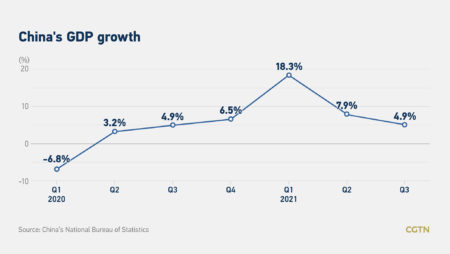Disney Targets Generation Z for China Success

The Walt Disney Co is doubling down on China’s burgeoning consumer market through upgraded e-commerce offerings and one-stop solutions for partners to co-create locally relevant products, especially for the Generation Z or younger consumers, said a senior company executive.
The company will introduce livestreaming, which is now a popular marketing tool in China, via its local online store.
It will also infuse Chinese cultural elements into its proprietary intellectual property icons, said Kermid Rahman, senior vice-president and general manager for consumer products at Walt Disney China and South Korea.
“Consumers born after 1995 prefer personalized and sophisticated products and experience,” Rahman told a recent media briefing in Shanghai.
“But we shall note that the Chinese consumers as a whole are showing increasing sophistication, and what they aspire for are beyond just products-but boutique items, and even gifts,” he said, adding that currently 55 percent of Disney’s consumer product sales in China are generated by adult shoppers.
Walt Disney ranked first in the Top Global Licensors 2021 report, raking in $54 billion in retail sales globally of licensed and direct-to-consumer products, according to a June announcement by the License Global magazine, which tracked the world’s top IP owners through annual rankings.
In China, Disney’s consumer arm employs a three-pronged strategy. Last month, it launched a holistic online store in China called “shop Disney“, bringing some 2,000 merchandise items from Disney and its licensees under one roof.
According to Rahman, virtual-store sales in the first three days surpassed last year’s Nov 11 shopping festival, an annual online-and-offline consumption extravaganza in China.
The propensity to share among internet-savvy consumers has been prompting Disney fans to present their purchases via social networks and even in their own livestreaming sessions. This has created social buzz among younger shoppers, who love to buy designer toys, appreciate Chinese cultural elements, and value a healthy and sustainable lifestyle.
For instance, the company is debuting a series of Mickey Mouse-themed bags, water bottles and other items as a way to champion sustainability, said Judy Lu, executive director and general manager of consumer products for key account and marketing at Disney East China.
It is also mulling a plan to turn Marvel-the brand behind an army of superheroes-into a lifestyle marque, by combining street dance, skateboarding elements and joining hands with Keep, a workout mobile app in China.
A series of online-to-offline marketing campaigns, including themed exhibitions, outdoor camping, pop-up stores and influencer endorsements, are also in the making for Disney’s pipeline of brands, like Pixar, Star Wars and National Geographic.
Lu noted that some of the co-creations “draw inspirations from traditional festivals or important social occasions in the Chinese society”.
Per a survey by consultancy PwC on Chinese consumer profiles this year, the Generation Z are self-described as more “digital”, “data-conscious” and “eco-friendly” than their senior counterparts.
The key takeaway from the trend of Guo Chao, or the Chinese cultural tide, is that to be culturally relevant, brands need to understand and respond to their audience in a way that they can relate to, said Jennifer Ye, consumer markets leader for PwC Chinese mainland.
“This can be done by having greater sensitivity on current events and cultural happenings that matter to Chinese consumers, promoting and supporting social and environmental causes, while remaining true to their brand image and relevant to their demographic,” Ye said.
The third prong of Disney’s strategy is to provide a one-stop solution for Chinese licensees in various areas, and continue investment in China by backing top-notch creative talents. These include all-round support and collaboration from idea prototypes, and preliminary sketches to product development and retail strategy, Rahman noted.
“The Chinese market is changing rapidly, so we are constantly looking for breakthroughs,” he said. “We will take the initiative to lead our partners to jointly promote product design and move the business forward, so that we can together stay ahead of the curve.”




